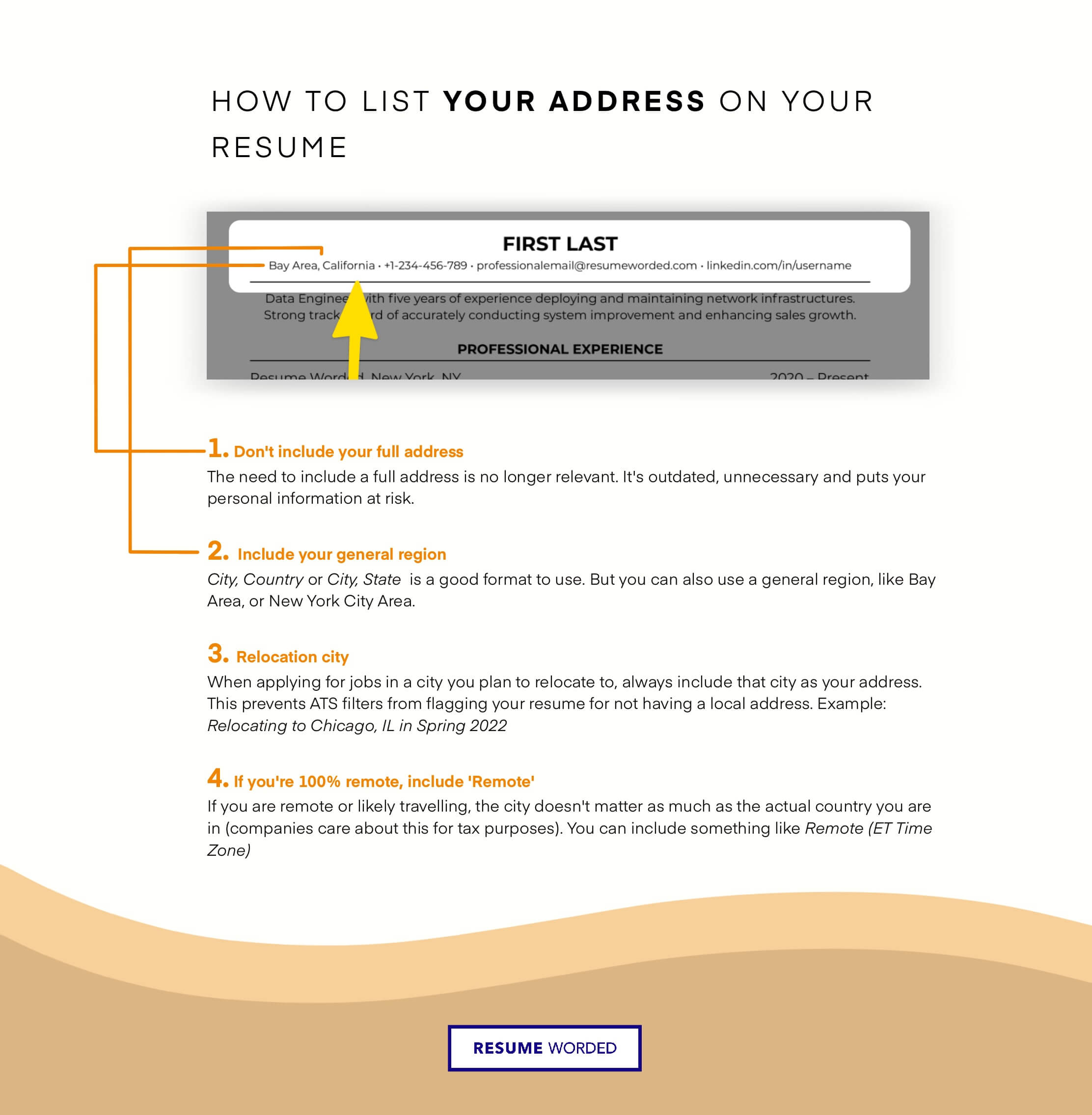Listing regular employment on LinkedIn is fairly straightforward — but what about contract work? Whether you were a long-term independent contractor, a temp worker for hire, or just took on the occasional contract job in between other work, we’ll cover:
- The right way to list contract work on LinkedIn
- What to do if you’ve had too many contracts to list
- How to avoid looking like a job hopper
- Which employer name to list if you were hired by a third party company
- When it’s okay to leave contract work off your profile (or just not label it)
- How to make contract work appealing to LinkedIn recruiters and hiring managers
Ready? Let’s dive right in!
How to list contract work on LinkedIn
Here’s the no-frills guide to listing contract work on your LinkedIn profile:
- Give yourself a standard company name and job title. Avoid labels like “self-employed” — instead, focus on what it was you actually did.
- Include the start and end date of your contract. This is your LinkedIn profile, not a job application, so there’s no need to list specific dates — month and year is fine.
- Add a short blurb to describe the work you did.
- Choose 3-6 of your most relevant or impressive accomplishments and write them as bullet points.
- Include keywords to make your profile easier for recruiters to find.
- Get feedback from our LinkedIn Review tool for tips on improving your profile’s visibility and impact.
If you aren't sure what keywords to include in your LinkedIn profile to make it easier for recruiters to find, use the skills and keywords tool below.
Tips for making the most of contract work on LinkedIn
Now that you have contract work in your profile — how do you make it look good? Here are some essential tips for making the most of contract work on your LinkedIn profile in just about any situation.
If you had multiple short-term contracts
Solution: Group similar experience together
While job hopping is losing some of the stigma attached to it, it can still be a red flag for recruiters. Avoid looking like a job hopper by grouping different contract work under a single heading. Use a single job title that describes what you mainly did and list different projects with subheadings underneath — that way, you still get to highlight your strongest accomplishments without having to explain what looks like multiple job changes.
If you took on contract work between full-time jobs
Solution: Separate your relevant experience and other experience
Grouping your experience may not work as well if you took on individual contracts in between other jobs. In that case, you can split your experience into two sections — one for “relevant experience” and one for “other experience.” You could even label that section “contract work” to differentiate it from your regular full-time experience.
If you were a long-term independent contractor
Solution: Don’t list every single contract
If you’ve been working as a freelancer or independent contractor for a while, chances are that you have more than a few contracts under your belt. While it may be tempting to list them all if you’re trying to prove that you have a lot of experience, it’s a much better idea to focus on a few key projects or clients. Pick 3-4 of your most recent, relevant, or significant contracts and drill down on specific accomplishments rather than giving a broad overview of every single job.
If you found work through a temp agency or contracting firm
Solution: List the company that actually employed you
Working for a third party can sometimes be confusing — for example, if you were legally employed by a staffing agency or consulting firm (Company A) but all the work you did was for a different company (Company B). Here’s how to handle this:
- List your employer as Company A. If you technically weren’t employed by Company B, you should never pretend that you were.
- Mention the work you did for Company B in your bullet point accomplishments. For example, “Assigned to a project at a large multinational firm to revamp customer onboarding procedure.”
- If it doesn’t violate the terms of your contract or any non-disclosure agreements, you can mention Company B by name. If you worked on multiple contracts for the same firm, create subheadings for different projects or clients and list specific accomplishments underneath.
If your contract work wasn’t completely relevant to the jobs you’re applying for
Solution: Focus on soft skills and accomplishments
If you’re changing careers — or if your contract work was a departure from the kind of work you normally do — you can still use it to your advantage. Focusing on transferable skills means that your accomplishments may still be relevant in ways that aren’t immediately obvious — for example, answering phone calls might not be part of your new job description, but communication, problem solving, and conflict resolution almost certainly are.
If it looks like you had overlapping contracts
Solution: Get specific with your dates of employment
While it’s totally okay to stick to years of employment on your LinkedIn profile, that may not be the best choice if you worked multiple contracts during what looks like the same period. Listing the months alongside the years makes your timeline easier to follow if you mainly had short-term contracts.
If you don’t want to draw attention to your contract work
Solution: Label your contract positions — or don’t
If you don’t want to draw too much attention to the fact that you worked on a contract basis, you have a couple of options:
Option 1: Stick a label like “Freelance” or “Independent Contractor” next to your job title and list the rest of your experience as normal. This is a good choice if the position was short-term, as it heads off questions about why you left the job so soon.
Option 2: Skip the label entirely and just treat your contract work like regular employment. There’s no rule that says you have to specifically label contract work differently, so this can be a good option if you worked a single long-term contract.










